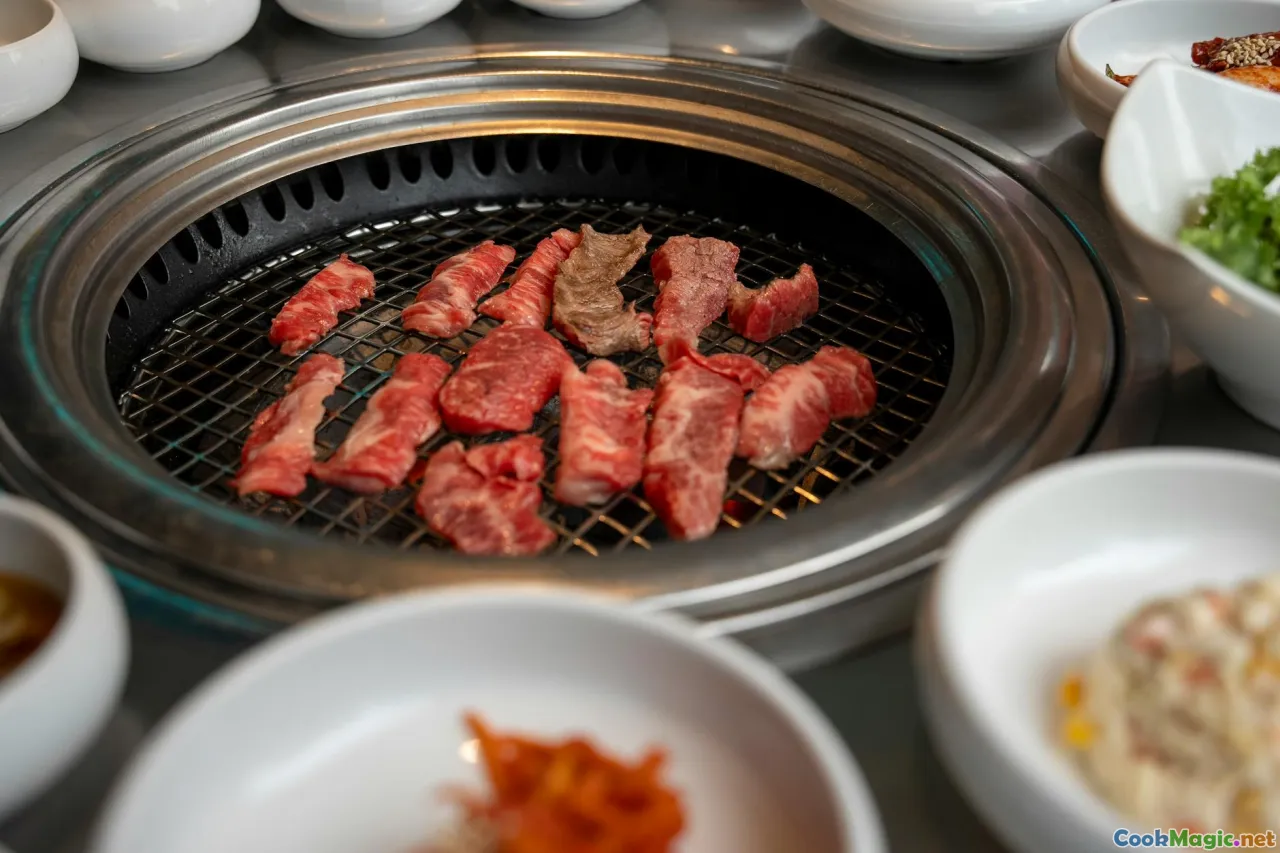Traditional Haitian Cooking Techniques
7 min read Explore the rich tapestry of Haitian cooking techniques, from marinating and slow-cooking to unique flavoring methods that define this vibrant cuisine. April 21, 2025 15:00
Traditional Haitian Cooking Techniques
Haitian cuisine is a vibrant tapestry woven from centuries of history, culture, and resourcefulness. To truly appreciate the rich flavors and textures that characterize Haitian dishes, one must understand the traditional cooking techniques passed down through generations. These methods are not merely about preparing food; they are a reflection of the island’s resilience, its diverse cultural influences, and the intimate connection between Haitians and their land.
An Introduction to Haitian Culinary Heritage
Haitian cooking is an art form rooted in history, blending African, French, Spanish, and indigenous Taíno influences. The techniques used are often simple yet profoundly effective, emphasizing slow cooking, marination, and the use of local herbs and spices. They transform humble ingredients into vibrant, soulful dishes that tell stories of survival, celebration, and community.
Understanding these techniques offers a window into the soul of Haiti—an island where food is love, identity, and resilience.
Key Traditional Techniques in Haitian Cooking
1. Marinating and Flavor Infusion
One of the foundational aspects of Haitian cooking is the art of marination. Using a blend of local herbs, lime or vinegar, garlic, and peppers, Haitians marinate meats, seafood, and vegetables to infuse deep flavor and tenderize.
For example, marinade pou lambi (marinated conch) involves soaking the seafood in a mixture of lime juice, garlic, Scotch bonnet peppers, and thyme, which not only imparts flavor but also helps reduce any strong or fishy odors.
2. Slow and Low Cooking
Haitian dishes often require long, slow cooking methods that develop rich flavors and tender textures. Bouyon(a hearty stew) andgriot (fried pork) benefit from techniques like braising or marinating overnight before cooking.
In particular, braising pork or beef with a mixture of local spices, root vegetables, onions, and herbs allows flavors to meld beautifully, creating a dish that is both comforting and bursting with flavor.
3. The Use of Griyo and Fried Techniques
Frying is a hallmark of Haitian cuisine, especially in the preparation of griot—marinated pork chunks that are fried until crispy on the outside while remaining tender inside. The secret lies in a marinade of citrus juice, garlic, and epis (a Haitian seasoning base), followed by slow frying to develop a perfect crust.
4. The Art of Embeurre and Seasoning
Haitian cooks frequently use epis, a vibrant blend of herbs, peppers, garlic, and onions, which is either blended into a paste or used as a marinade. This technique is essential for seasoning stews, rice dishes, and meats, imparting a complex flavor profile that is both spicy and aromatic.
5. Rice and Legume Preparation
Rice is a staple in Haiti, often cooked with beans or lentils using techniques that ensure fluffiness and richness. The celebrated dish Diri ak Pwa (rice with beans) involves soaking beans overnight, then cooking them with rice, coconut milk, and seasonings in a single pot, allowing the flavors to meld.
6. Fermentation and Preservation
Preservation methods such as fermenting vegetables or marinating meats are traditional techniques that extend the shelf life of ingredients while adding depth of flavor. For instance, pikliz (spicy pickled vegetables) involves fermenting cabbage, carrots, and peppers in vinegar and spices, providing a tangy accompaniment to main dishes.
Personal Insights and Cultural Significance
Having spent time in Haiti and engaging with local cooks, I’ve come to appreciate that these techniques are more than culinary practices—they are expressions of identity and resilience.
The slow-cooking methods, for example, reflect a communal patience and care, often shared over large pots in family kitchens or outdoor gatherings. Marination and seasoning are deeply personal, with each family possessing their own secret recipes passed down through generations.
I vividly recall watching a grandmother prepare griot, her hands expertly marinating pork with lime, garlic, and epis, then patiently frying each piece until perfectly crispy. The aroma alone was enough to evoke feelings of home, tradition, and love.
Modern Interpretations and Preservation of Tradition
While modern appliances and global influences have introduced new techniques and flavors, many Haitian cooks still honor traditional methods. Slow-cooking stews in clay pots, using homemade marinades, and fermenting vegetables continue to be vital practices.
Chefs and home cooks alike are revitalizing these techniques, blending them with contemporary culinary trends, all while maintaining the soul of Haitian cuisine. This preservation ensures that these rich techniques continue to thrive and inspire future generations.
Conclusion
Traditional Haitian cooking techniques are a testament to the island’s cultural resilience and culinary ingenuity. From marinating with vibrant herbs to slow-cooking hearty stews and frying with passion, each method offers a taste of Haiti’s soul.
By understanding and embracing these techniques, we not only learn about the flavors but also the stories, histories, and heart that make Haitian cuisine uniquely captivating. Whether you are a seasoned chef or an eager home cook, exploring these methods opens a door to a world of bold tastes and cultural richness—an invitation to celebrate the enduring spirit of Haiti through its food.
Embark on this culinary journey, and let your senses be transported to the vibrant kitchens of Haiti, where every dish is a story, and every technique a tradition worth preserving.









